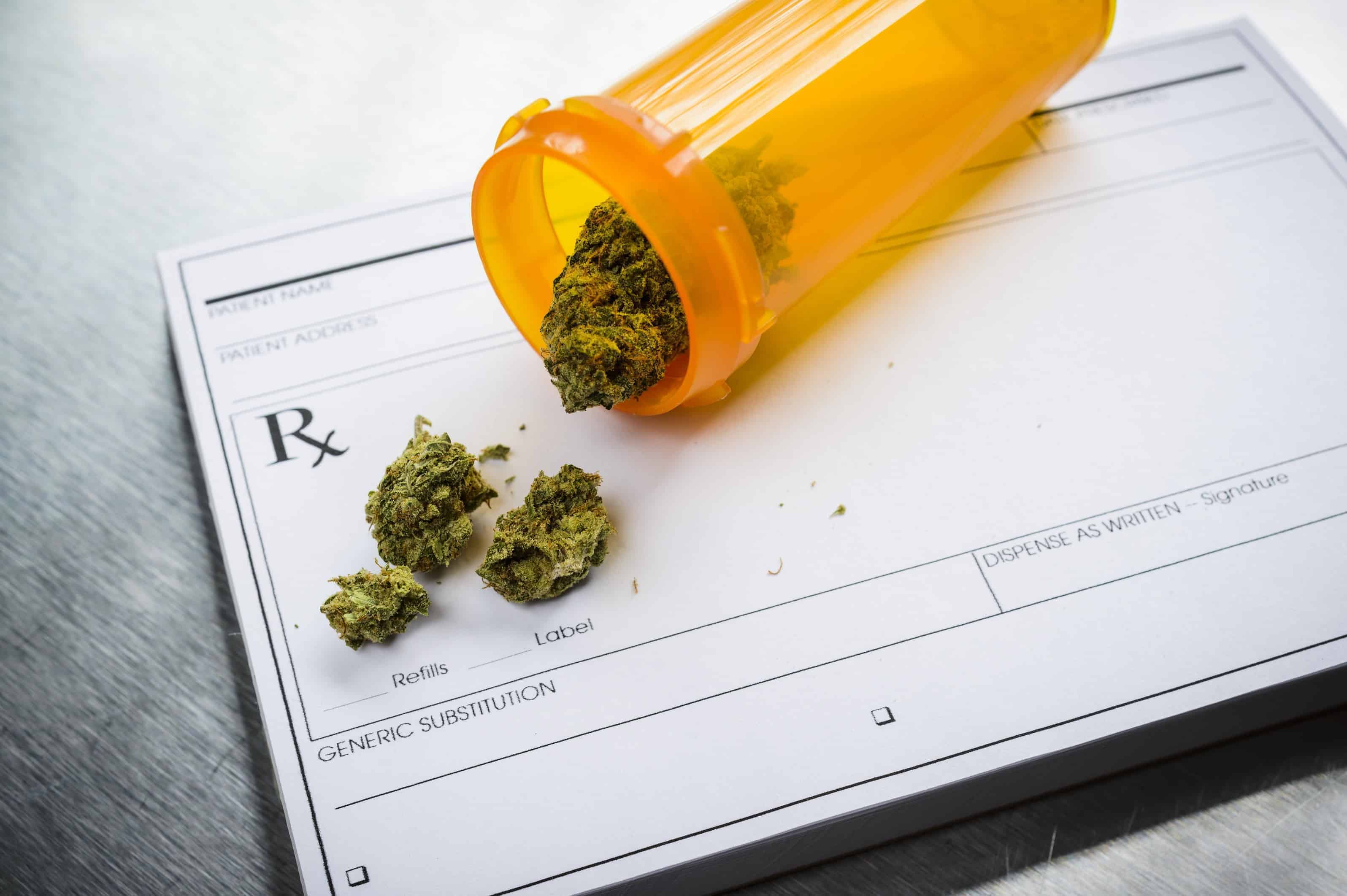Aurora Cannabis Inc. (TSX:ACB) recorded 387% revenue growth to $5.94 million in the quarter ended June 30, (Q4 2017) from $1.22 million during the comparable quarter last year, but quarter-on-quarter revenue growth slowed a bit in the last reported quarter.
Aurora had a somewhat slower than expected revenue growth during Q4 2017 after growing the top line by 14.7% from a 15.6% volume growth, as compared to the 30% average quarterly sales growth in the previous two quarters.
The company raised analyst expectations on June 29 when management reported record revenue of $2.4 million for May after commencing cannabis oil sales in April. Cannabis oils contributed 26% to the gross revenues, yet revenue growth slowed for the quarter.
Could Aurora report faster revenue growth for the quarter ended September 30 (Q1 2018)?
A look at the possible factors that slowed growth last quarter could tell if Aurora can achieve near 30% quarter-on-quarter revenue growth again.
Service revenue decline
Revenue from Aurora’s subsidiary, CanvasRx, which offers patient counselling and outreach services, declined by $0.5 million for the quarter from $839,000 in the previous quarter (Q3 2017) to $309,000 during the quarter after stellar 163% growth from $319,000 for the quarter ended September 30, 2016.
Had service revenue simply flattened in the quarter, Aurora could easily have registered a 25% quarter-on-quarter revenue growth rate.
However, there was a sudden growth in unearned revenue to $1,42 million on Aurora’s Q4 2017 statement of financial position from $577,417 in the previous quarter.
Some portion of this deferred revenue could have been from this segment and could get realized in the coming report.
Compassionate pricing
Aurora has a compassionate pricing program, which was voted the best in Canada in the 2016 Lift Canadian Cannabis Awards. The company charged $8 per gram as a standard price, and $5 a gram of dried cannabis to low-income earners — a significant 37.5% discount.
There was a general increase in the proportionate share of compassionately priced cannabis to gross revenues with about 37% of all registered patients taking up the deep discount during Q4 2017 as compared to just 25% in the comparable quarter last year.
However, Aurora effected a $1-per-gram price increase for dried cannabis from $8 to $9 a gram for standard purchases and from $5 to $6 a gram on compassionate sales starting July 1. This move could further improve the average price per gram for Q1 2018.
Interestingly, Aurora announced record sales for August 2017, where $3.1 million in revenue was generated on sales of 328,322 grams. This translates to an average price per gram of $9.44, significantly higher than the $7.45 a gram realized in Q4 2017.
Even if Aurora were to record flat quarterly sales volumes, Q1 2018 revenues could show explosive growth due to increased average selling prices.
Final thoughts
Aurora may easily pull off a revenue-growth surprise for Q1 2018 after the recent increase in average selling prices buoyed by an increasing proportion of premium priced cannabis oils and rapid growth in new client registrations to 20,000 patients during the quarter, although some price-sensitive clients could still migrate to cheaper licensed producers like Aphria Inc.
New direct sales to Germany could provide further revenue-growth momentum since marijuana is more expensive there, but I am not sure if the September shipment of 50 kilograms of dried cannabis to Pedanios GmbH managed to get sold in time for inclusion in Q1 2018 consolidated revenues.
Most noteworthy, the sudden rise in deferred revenue last quarter could mean a potential revenue boost for Q1 2018 if Aurora managed to satisfy all revenue recognition criteria during the quarter.
It’s just amazing how fast Aurora has grown to become a top marijuana competitor after getting licensed 18 months behind the major producers to surpass Aphria in quarterly revenues by midyear 2017.
However, Aurora’s rapid growth has also come at significant costs. Although the company is reducing its production costs per gram, more effort is still required to contain operating costs, especially the ballooning sales and marketing expenses.
A return to accelerated quarter-on-quarter revenue growth would be bullish for the stock when Aurora reports on November 14, 2017.
Happy investing.








